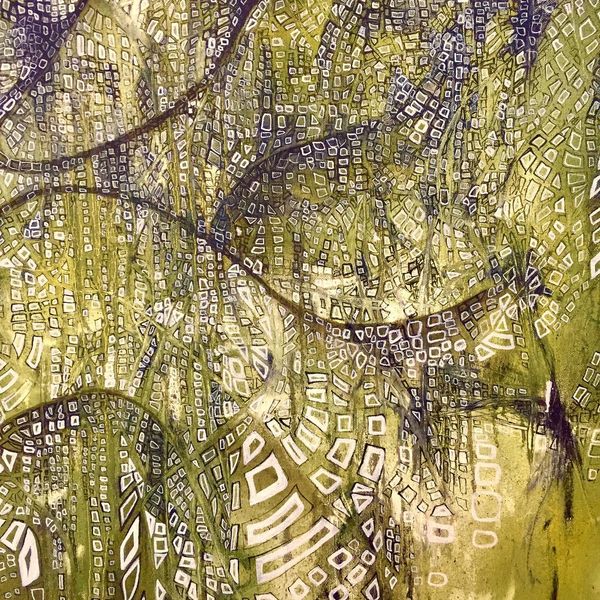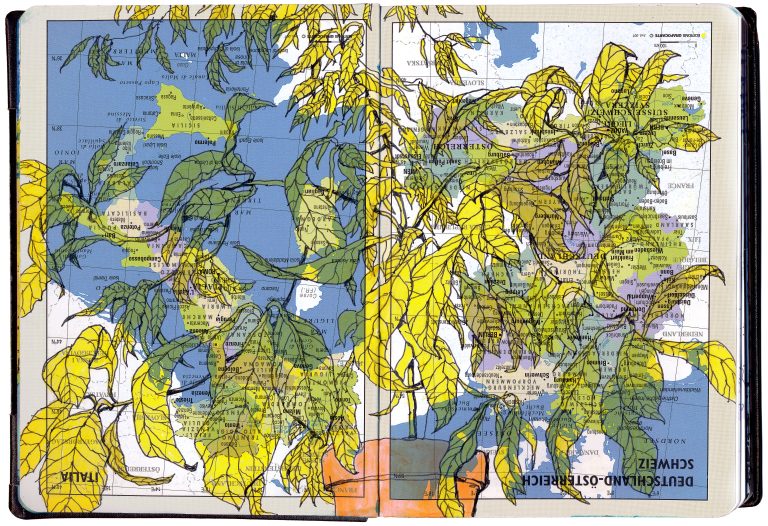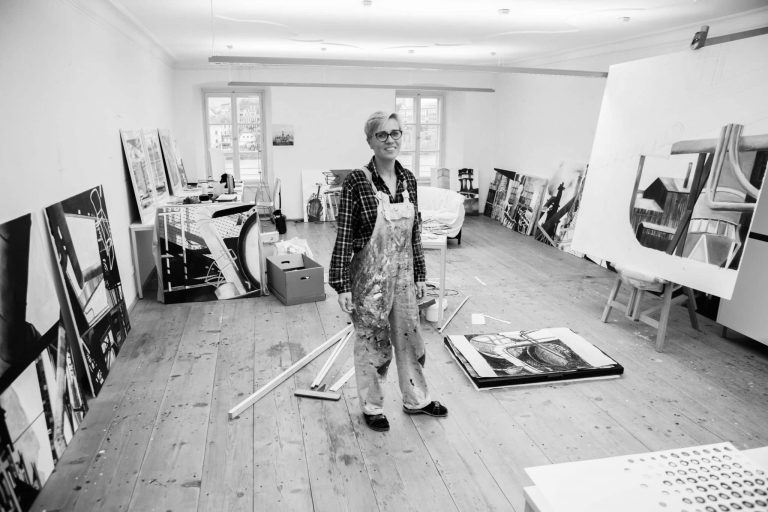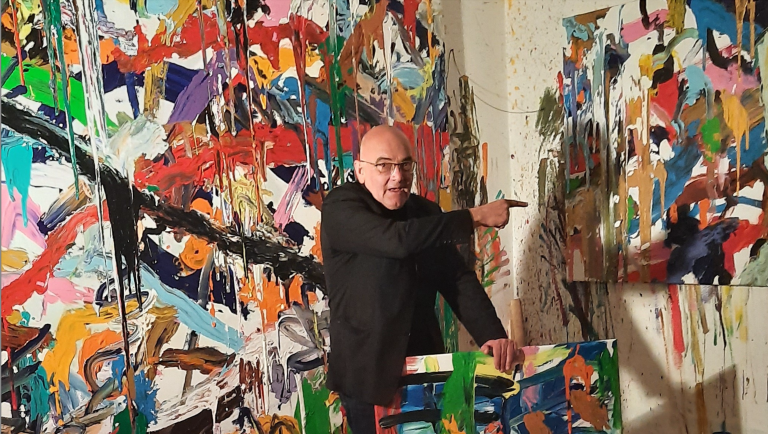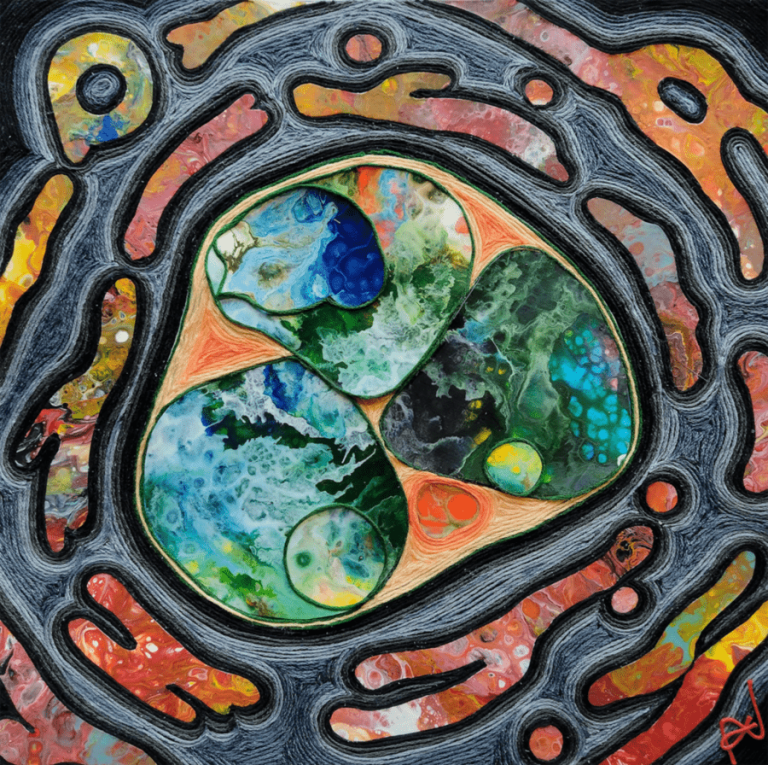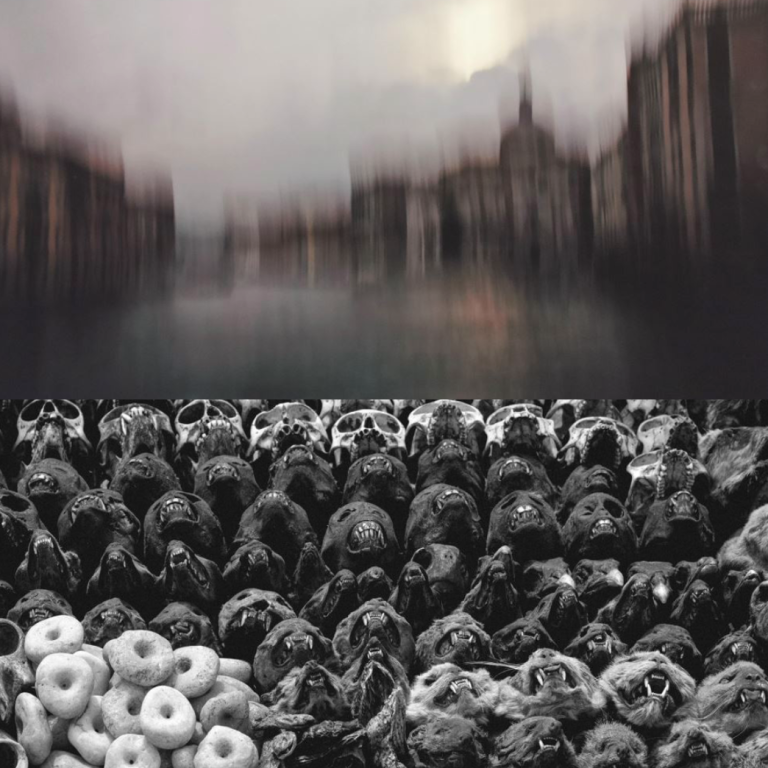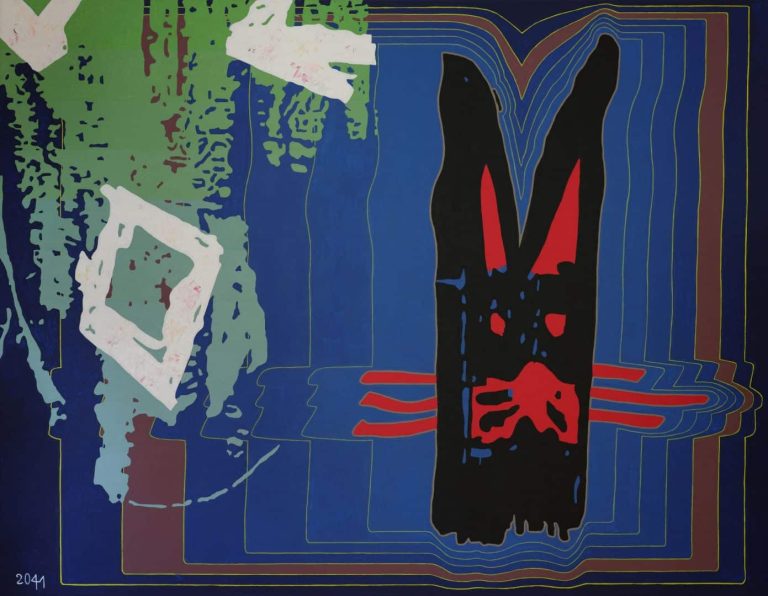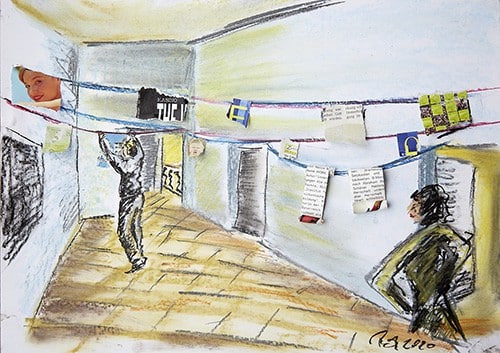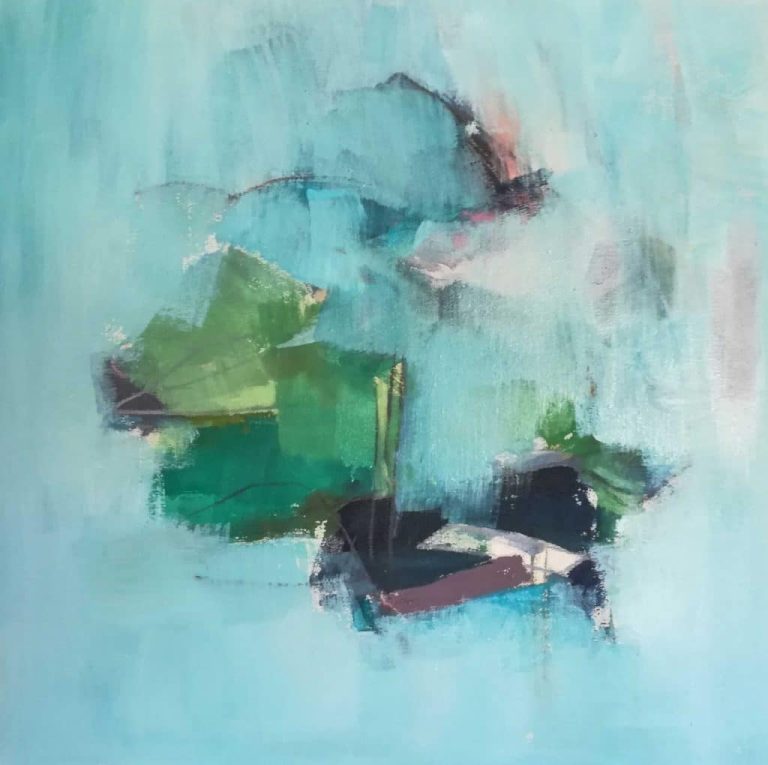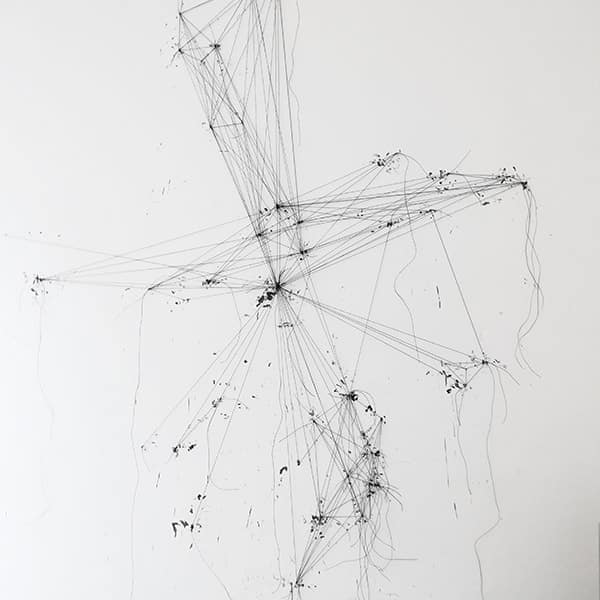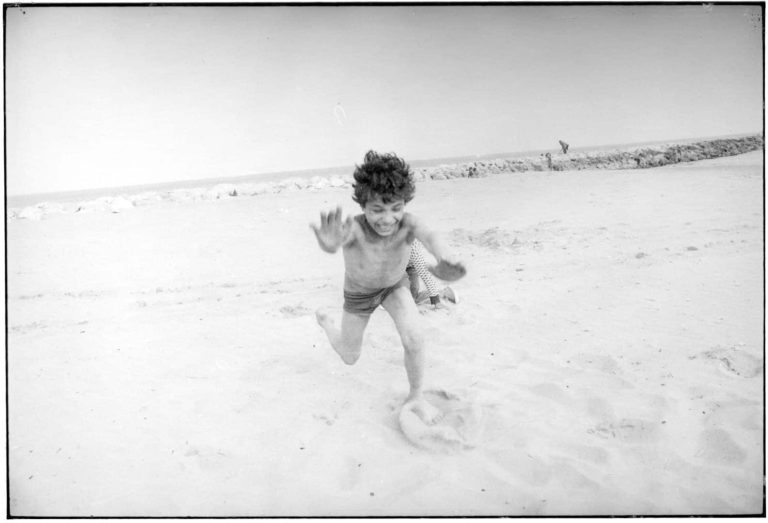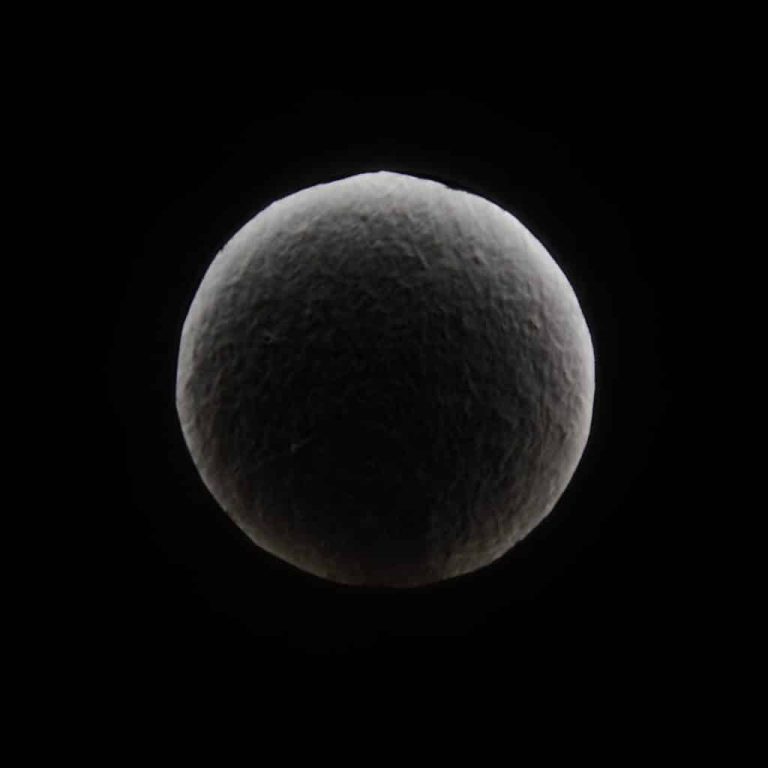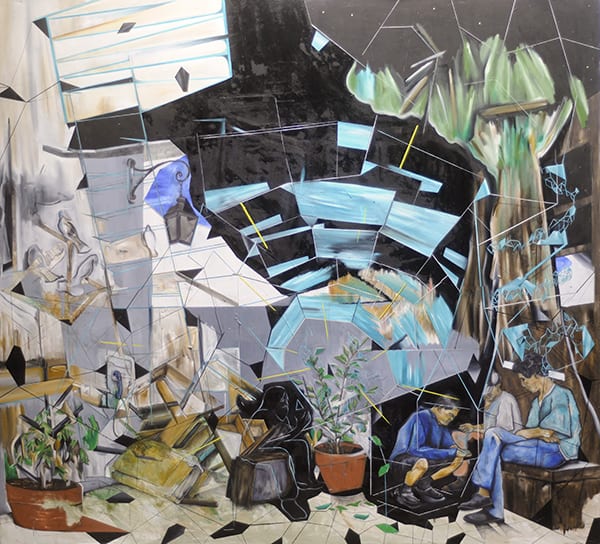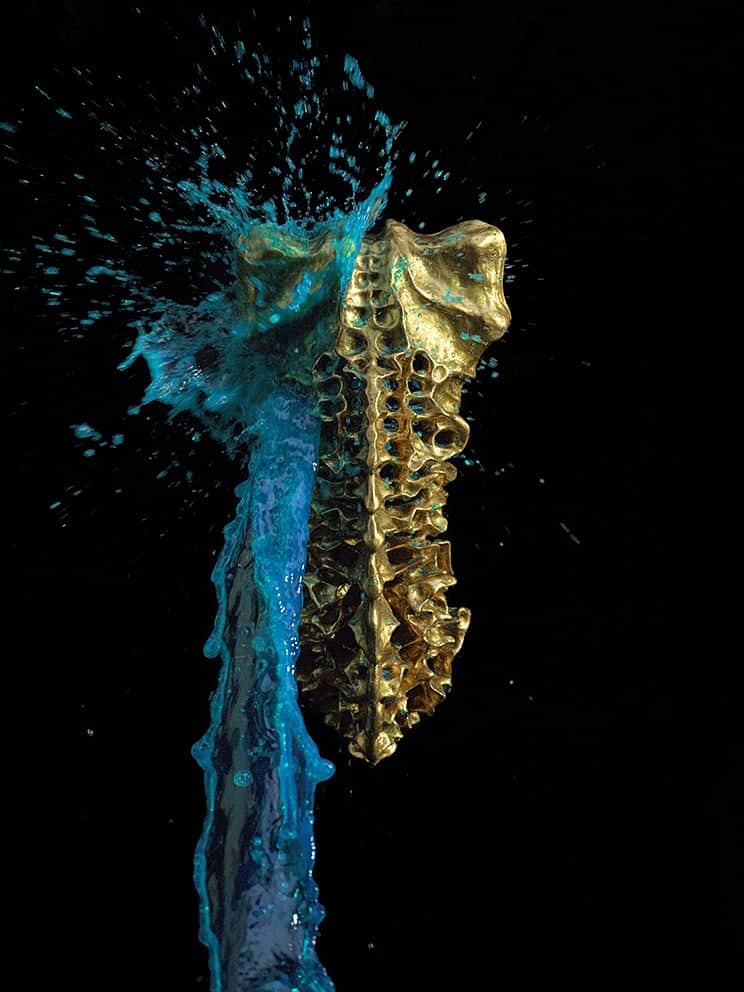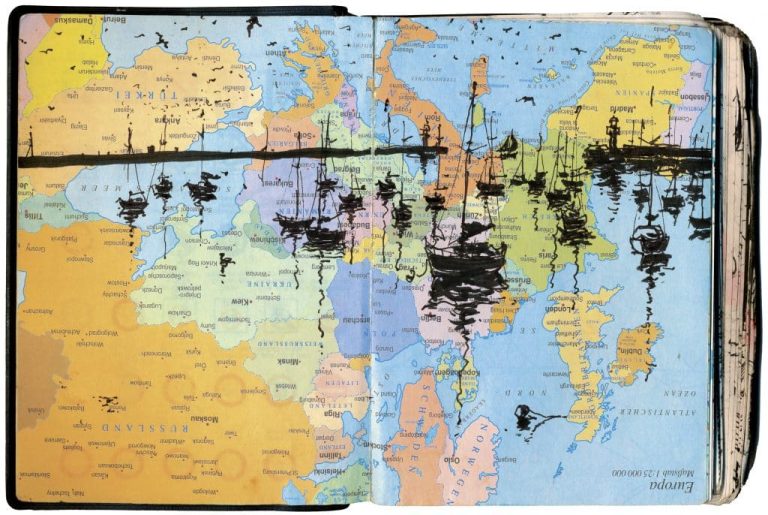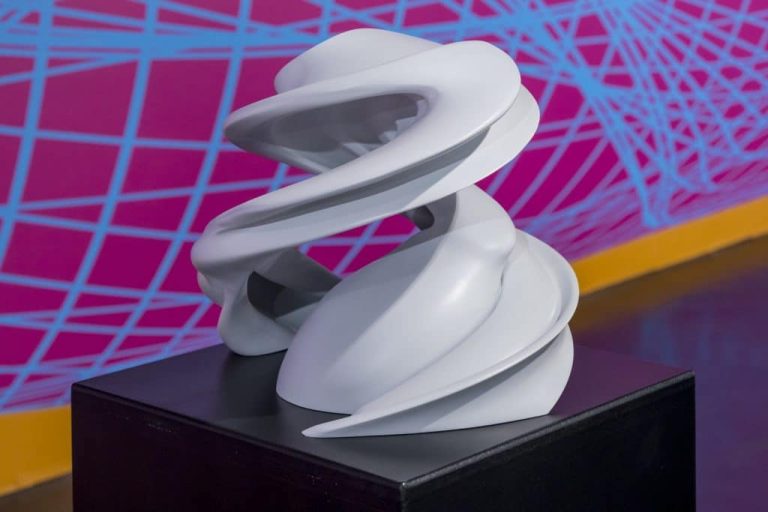Events
Art & Science
Sometimes it occurs to us that life could be more than rocket science.
What about art for instance?
Our Art & Science program allows artists with a special interest in science to present their work. Furthermore, it allows these works of art to enter into a dialogue with the historic walls.
These exhibitions at CSH will change several times a year and will be presented to the public at a vernissage.
The person in charge is Hannah Scholl.
This program is supported by the City of Vienna Culture (MA 7)
